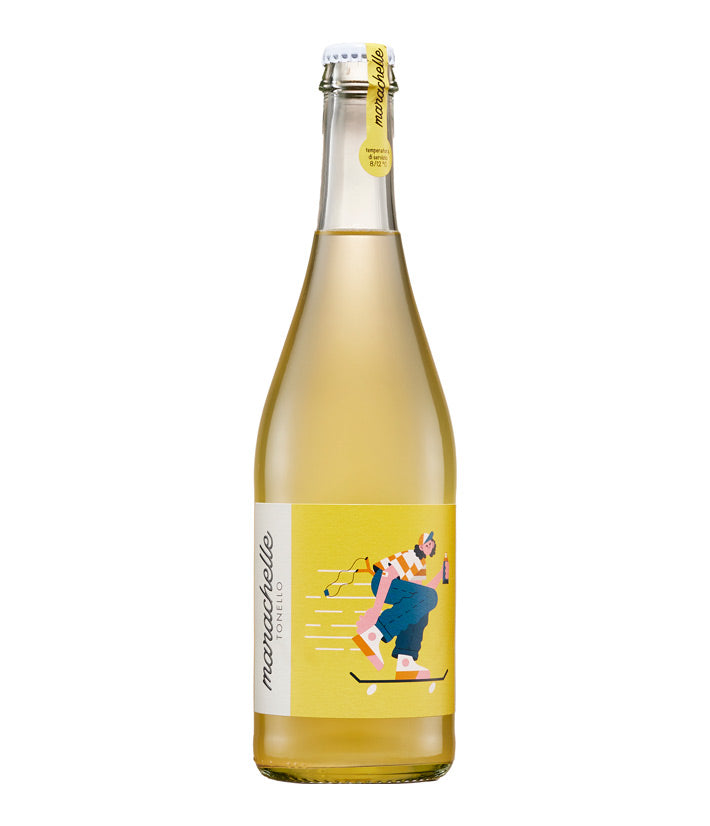
Bistecca alla Fiorentina – A Regional Classic of Mythical Proportions
Anyone familiar with the food of Italy will have either eaten or heard mention of the bistecca alla fiorentina, not only a famed steak from the city of Florence but a regional culinary classic. In a region known for its rustic meat-based cookery, the iconic status of a simply grilled steak is rightly deserved. The greatness of this dish lies in its simplicity, the quality of the meat and the attention to its correct cooking.
The origins of the bistecca alla fiorentina are well documented. During the rule of the de Medici family in Florence from the 15th to the 18th Century it was customary to celebrate the city’s patron saint, San Lorenzo, on the evening of the 10th of August. This was a popular celebration with festivities revolving around the lighting of large bonfires in Piazza San Lorenzo. The bonfires, other than the visual spectacle they offered, served to cook entire quarters of cattle donated by the de Medici to the people of Florence. The cooked beef was then served to the celebrating masses. During this period, Florence was frequented by a large number of English aristocrats and merchants. Caught up in the festivities, a group of Englishmen, so the story goes, upon tasting the beef and wanting for more, began to scream out ‘beef steak, please’, prompting a chorus among the locals who in chanting unison tried to echo the call of the visiting Englishmen. Unable to correctly pronounce the words ‘beef steak’, the locals distorted them into ‘bistecca’, a term which has since remained in the Italian culinary lexicon, and to this day is used in Italian to indicate a steak of beef, whether it be a fiorentina or not.
The bistecca all fiorentina is a simple preparation and, as such, its successful execution depends on the quality of the starting ingredients and the perfect execution of their cooking. A bistecca alla fiorentina is a T-bone steak cut to a thickness of 5-7cm; this thickness is fundamental to the correct cooking of the meat. The cut is taken from the lower part of the beast’s back, the part of the T-bone that contains the fillet on one side of the bone and the contre-filet (porterhouse in Australia, or New York Strip in the US) on the other. Typically, a fiorentina steak will weigh anywhere from 1.4 to 1.8kg. Ideally, the steak should come from the Chianina breed of cattle, an ancient breed originating in the Val di Chiana, a large alluvial valley in the Southwest of Tuscany bordered by the provinces of Arezzo and Siena. Tradition dictates that the steaks come from an animal that is at most two years old and has not been a worker, this minimises the development of muscles that would render the meat less tender and more chewy. The meat should also be hung for several weeks to obtain maximum flavour.
To cook a perfect fiorentina – be careful not to refer to the steak simply as a fiorentina rather than bistecca alla fiorentina when in Florence, as this is interpreted as the local football team – a few simple steps should be followed. The meat needs to be at room temperature before cooking in order to ensure that it cooks evenly and adequately, otherwise it will remain cold, undercooked in the middle and less tasty. The meat must not be seasoned nor marinated in any way before cooking. The ideal cooking method is to barbeque the meat over white-hot coals – chestnut or oak wood is typically used to prepare the coals. The aim is to caramelise – without burning – the meat on the outside while ensuring it remains pink on the inside. To achieve this, the meat should be cooked for 3–5 minutes on either side. At no time should the meat be punctured by a fork, this will break the crust, causing juices to leak out, resulting in a loss of succulence. After both sides of the meat have been cooked, the meat should be stood upright on the bone for a further 5–7 minutes to complete the cooking, this is also a way to measure the adequate thickness of the meat – if it has been cut too thin it will not stand upright. Once cooked, the meat should be rested in a warm place, or covered with foil, for at least five minutes to allow the juices to re-disperse. At this point, the cooked fiorentina can be seasoned with sea salt and pepper and dressed with a little high-quality extra-virgin olive oil. All that remains is to carve the meat and serve it up.
The traditional accompaniment, or contorno, to a bistecca alla fiorentina are the famed Tuscan beans: simply boiled cannellini beans dressed with high-quality extra-virgin olive oil. For those who are conscious of their protein intake, the beans can be substituted in favour of a simply dressed garden salad – a meal fit for a king.
The accompanying wine needs to be chosen with attention. The noble stature of a Brunello di Montalcino would certainly be a satisfactory companion, however a red wine of slightly more cutting acidity to properly cleanse the meat’s protein would not be amiss and would lift the fiorentina experience to another level. A good-quality Chianti Classico from the northern part of the region, and preferably from a cooler higher altitude vineyard, would be ideal, as would a high-quality Chianti Rufina, known for its fresh and pleasantly biting acidity.
